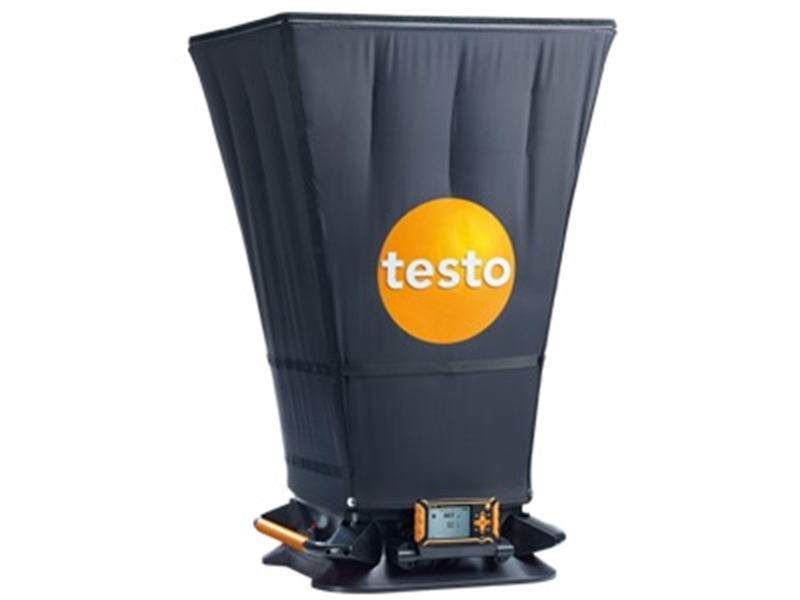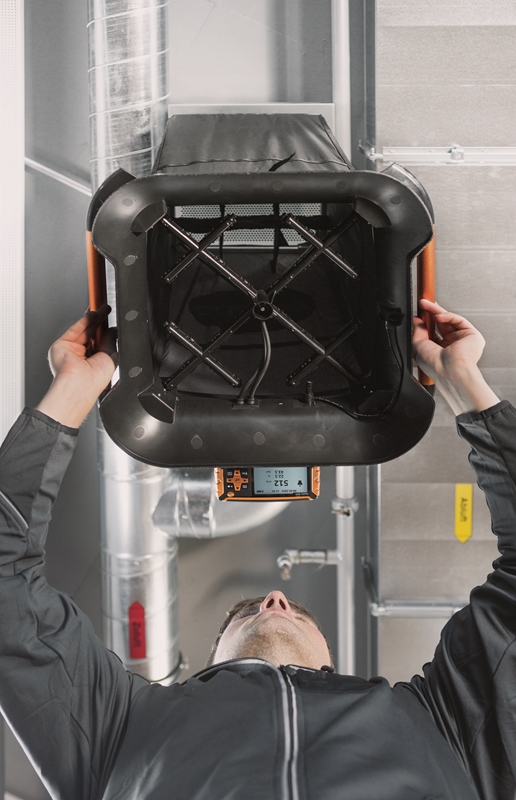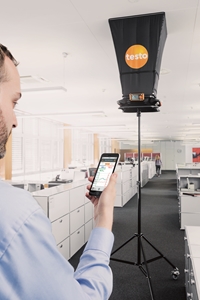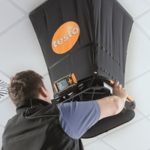The smartwatch on your wrist that alerts you to activity on your phone serves as a microcosm of what's coming in the world of technology.
Innovation is the new norm, and it could be argued that the spotlight is shining the brightest on the Industrial Internet of Things (IIoT). Smart building technology aims to connect thermostats with computers and heating, ventilation and air conditioning (HVAC) systems in a way that lets them talk to one another and transmit data.
In the modern era, AC technicians can't rely on outdated maintenance methods and hope to achieve the same results. New systems require state-of-the-art tools, and the testo 420 air flow hood delivers.
State of the industry
It's expected that by 2020, the global market value for smart buildings will reach US$85 billion, according to a study by Memoori. This is mostly due to the impressive advantage commercial properties gain with IIoT.

Energy is a cost no business can forego, but organisations can certainly cut back through utilising technology like energy storage or preventative maintenance to identify problems before they begin to cost a fortune. AC technicians must now shift their approach from reacting to issues at hand, to maintaining 100 per cent uptime. Without the right devices, this can be nearly impossible.
Upgrading your tools
The testo 420 air flow hood fits the mould of what IIoT is seeking to accomplish, starting with its connectivity. Its removable digital control panel syncs to the 420 app on any smart device through Bluetooth. This allows measurement data generated on-site to be sent instantaneously to a computer for further review. With the amount of data streaming daily from IIoT systems, this type of quick retrieval and transmission of information is vital.

With its hallmark being versatility, the testo 420 can test:
- Flow velocity and volume.
- Absolute pressure.
- Temperature.
- Relative humidity.
Besides its state-of-the-art features, another distinctive factor that separates the testo 420 from its competition is its proprietary volume flow straightener design. Given that turbulence is common at air flow outlets, the straightener mitigates this to reduce measurement errors. This results in highly accurate readings that simply can't be obtained through conventional methods.
As buildings become more intelligent, so too should the tools used to maintain them. The testo 420 air flow hood is leading the charge toward IIoT and soon it'll become a requirement for any effective AC maintenance. Contact a Testo representative today for more information.









 Reduce cooking oil costs while ensuring quality
Reduce cooking oil costs while ensuring quality Expert knowledge on CO2 monitoring
Expert knowledge on CO2 monitoring Refrigeration knowledge - in 3 modules
Refrigeration knowledge - in 3 modules



